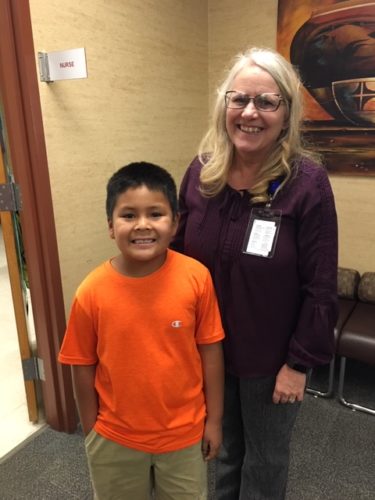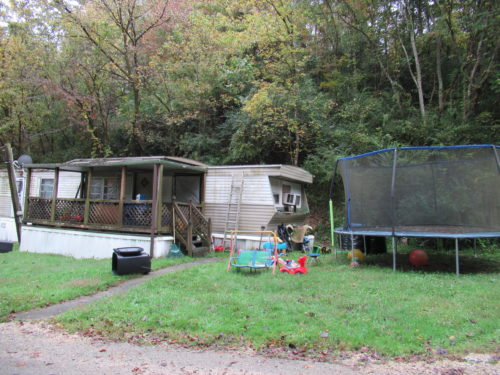As a very difficult year comes to an end, we couldn’t be more grateful to our amazing sponsors and donors who ensure that children in our program continued to be supported through school closures as their families struggled to make ends meet during a global pandemic. It is not a simple task to put into words what your support does for children in our program, so we want to share with you success stories sent to us by our volunteer coordinators as our way of saying “Thank You” for everything you do for children in need.
As a very difficult year comes to an end, we couldn’t be more grateful to our amazing sponsors and donors who ensure that children in our program continued to be supported through school closures as their families struggled to make ends meet during a global pandemic.
A Letter from Marlena
Another year has come and gone once again, and this year has been a little bittersweet due to the COVID-19 pandemic, but it did not stop us from providing our kids with all their everyday needs. As always to say that Children’s Incorporated is a wonderful program is an understatement! There are many children who rely on the sponsorship program for things like food, clothing, shoes, school supplies and hygiene products.
This year, with all the generous donations from sponsors, we were able to allow several of our families to shop for food and everyday supplies like toilet paper, laundry detergent and cleaning supplies. We were also able to provide a family with a new washer and dryer from the Children Incorporated Hope In Action Fund as well as regular sponsorship funding. The grandmother was more than thankful and very appreciative. She and the grandfather are raising five of their grandkids which they have adopted. If not for Children Incorporated, this grandma would still be washing all their clothing out on her hands and hanging them dry.
The Hope In Action funding that we so graciously received has been so wonderful and so helpful to so many of our kids and their families. Not only were we able to purchase the washer and dryer, but we were also able to provide a great aunt with some new bedding for two of her great-nephews who she recently received guardianship of.
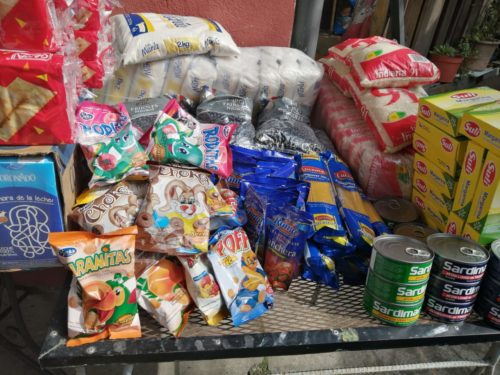
Thanks to our donors, children around the world have received food and hygiene items during the COVID-19 pandemic.
The Family Resource Center has also been able to use some of the funds to help buy supplies for “Grandparents as Parents” meetings. These meetings are not only for the grandparents, but also for other family members that are raising children such as their nieces, nephews, and even younger siblings. During these classes, we offer several activities, such as information on eating healthy, gardening and supplies, and how to preserve food. We have also had guest speakers that have come in and taught some of the guardians how to access Infinite Campus which provides them with their child’s grades and tells them if the child is missing any assignments as well as the scores that they receive. So, thank you so much Children Incorporated for all that you do. Your organization is truly a blessing to so many!
Michelle’s story
What a crazy year 2020 has been for all of us! I would have never predicted that when we all celebrated at New Year’s that we would be facing some of the things we have faced. I have been very proud of the actions taken by so many to protect our students and staff and to help out our struggling families. Our district has been wonderful! The kids, even though doing their schoolwork at home, have continued to receive daily meals thanks to our school lunchroom staff and to our wonderful bus drivers. Teachers and other school personnel have gone on meal runs to help check on students at home and to support them through this challenging time. We as a staff have also made calls daily to check on students and make sure their needs were being met. It has been awesome to watch everyone working together.
Thanks so much again sponsors and Children Incorporated staff. Please have a safe and healthy New Year and know how much your efforts are needed and appreciated.
The support we have received also as part of the Children Incorporated program has once again played a critical role in the lives of our students and families. This year, we have sponsored seven children and helped make their lives a little brighter. Most of the funding we have received has helped with basic necessities such as clothing, personal hygiene needs and school supplies. Our students were also able to continue to be a part of our yearly book fair thanks to their sponsors.
I hope that through the trying times we have all found that spirit within that helps us to keep on going and to appreciate the things and people around us in a whole new way. We are so thankful to continue to be a part of this wonderful program and hope that this collaboration can go on for many years to come.
Thanks so much again sponsors and Children Incorporated staff. Please have a safe and healthy New Year and know how much your efforts are needed and appreciated.
Monica’s Thank You
There is a special story I want to share with you about a second-grade boy in the Children Incorporated program. This young boy’s life is nothing like what we consider normal. One day he spent a little extra time with me in my office. About a week before this I had given him some outfits that the sponsor had given extra money for him to have.
He and I were chatting, and I asked if he could sit down and write his sponsor a thank you letter for the items he received. His face lit up like a Christmas tree just beaming about his brand new clothes. Of course, that made my heart melt. We spent a little too much time talking so our time was cut short before he could start the card. He went back to class and a few hours later he came back in; his eyes were glowing and he had a big smile on his face. He reached from behind his back as if he was getting ready to give me a present. And boy did he ever! He had made a thank you note for his Children Incorporated sponsor during his free time that day. The sponsor made him feel so special that he wanted to do this of his own free will. That may not sound like much, but it meant the world to me because I knew those clothes had meant the world to him.
These children all light up when they get the nice, new things made possible by their sponsors. Thank you very much for giving the world to these children. You, our sponsors, are considered heroes. I am honored to be a part of this program.
Mandy sends her gratitude
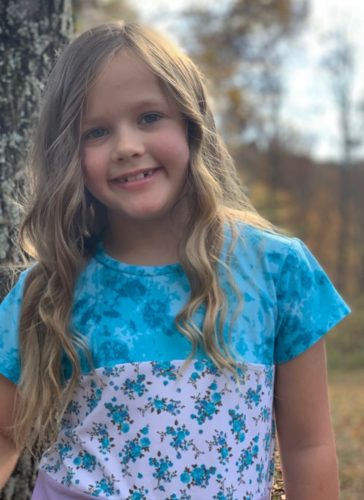
Thousands of children around the world have benefited from sponsorship in 2020 because of our amazing sponsors.
I am so pleased to tell you that we have 97 students with sponsors on the Children Incorporated program. Thank you! Because of your financial support we have been able to purchase clothes in the fall and spring, backpacks, supplies for the entire school year, toiletries, books for home, as well as, “special gifts” for birthdays and different holidays throughout the year. It is so exciting and rewarding to see the students when they are called to the office to receive their items.
It is also exciting to see the students with their smiling faces as they come into the school with their new outfits on, and they make sure to come by to show us. We were also able to supply families with a nice gift basket of country ham, biscuit mix, jams/jellies and candies for the students and their families to enjoy over the winter break. The families came by the office to pick up the baskets and they expressed their sincere gratitude. We also purchased much-needed hygiene and toiletry items such as shampoo, deodorant, toothbrushes and toothpaste.
We are fortunate to have caring sponsors who correspond with the students in a positive and meaningful way. Some of the sponsors write letters, send coloring sheets/stickers, small gifts in cards and mailed in packages. The kids get very excited when they receive mail from their sponsors!
We will have to wait and see how things progress with the COVID-19 crisis. We are remotely monitoring the needs of the students at this time. We thank you for continuing your support during this difficult time for everyone.
Thank you to our Children Incorporated sponsors for taking care of our students’ needs!
Tracy’s story
In early January, I was informed that a family in the community lost their home and all of its contents to a house fire. Thankfully, everyone managed to make it out safely. I made a call to Renée Kube, Children Incorporated’s Director of U.S. Programs, to ask if there was anything that they could do to help the family. She quickly responded and said that she would send us funds from the Hope In Action Fund to help the family with food, clothing and household necessities.
We are fortunate to have caring sponsors who correspond with the students in a positive and meaningful way.
When I told the family this, they couldn’t believe the generosity of this program. I met them at Walmart to purchase some items that they needed right away. They asked if we could spend the rest of the money later when they had their new home and ready to move in, and Renée confirmed that that would be just fine.
A few weeks after moving into their new home, I was able to meet the parents, Paul and Karen, at Walmart to purchase a mattress, bedding items, towels, clothing, shoes, food and household items. At the checkout, Karen had tears in her eyes; she couldn’t believe that this program cared so much for her children and her family. This was certainly a success story with a happy ending.
Sharon’s shares her thoughts
The subsidies from Children Incorporated has made positive impacts on so many of our students. They come to school with new clothes and shoes and have pretty backpacks full of supplies like all the other students. It is amazing what a little extra money can do for a child’s self-esteem.
There are so many wonderful stories about Children Incorporated sponsored kids that it is difficult to pick one out to spotlight. Brian* lives with his mom and dad and his new little brother. Dad works and mom stays home with the baby and takes care of Brian when he comes home from school. They live in subsidized housing, but I was still surprised at the cost of their rent. Children Incorporated subsidy has allowed me to help this family with basic needs for Brian and the family. I have also helped with food on many occasions. This family is very community-oriented and very involved in his education. They come to all school activities, and Brian even joined a basketball league.
Another family had one sponsored child and another unsponsored. These girls are in a single mother household that also lives in subsidized housing. With the extra money, I was able to purchase the unsponsored child items as I did for the sponsored child. Mom is now working and has purchased a car. Another family has been taken off the Children Incorporated program because we felt the family was no longer in need of the services. It is a pleasure watching these families grow and become more self-sufficent and need less and less of my help.
*Name changed to protect the child.
***
How can I sponsor a child with Children Incorporated?
You can sponsor a child with Children Incorporated in one of three ways: call our office at 1-800-538-5381 and speak with one of our staff members; email us at sponsorship@children-inc.org; or go online to our donation portal, create an account, and search for a child that is available for sponsorship.

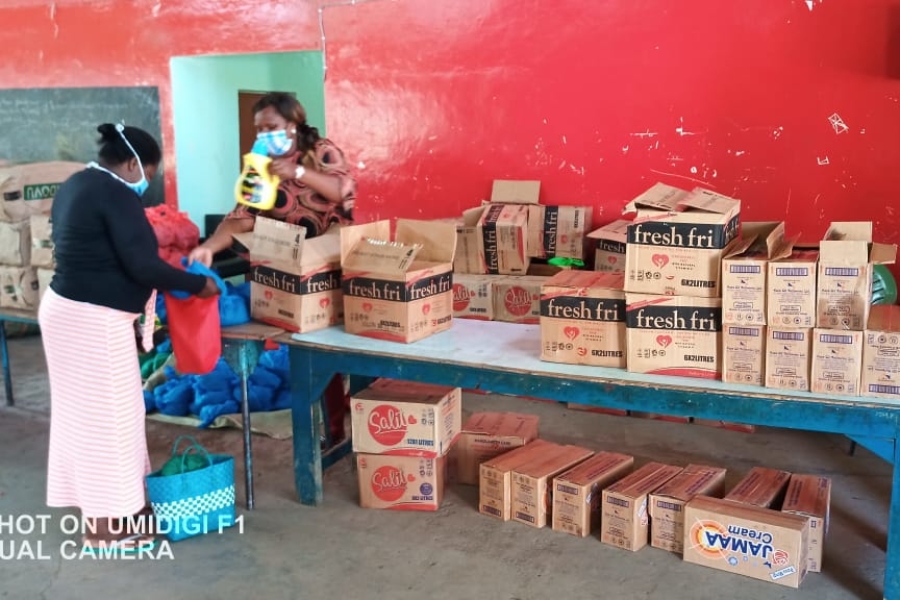
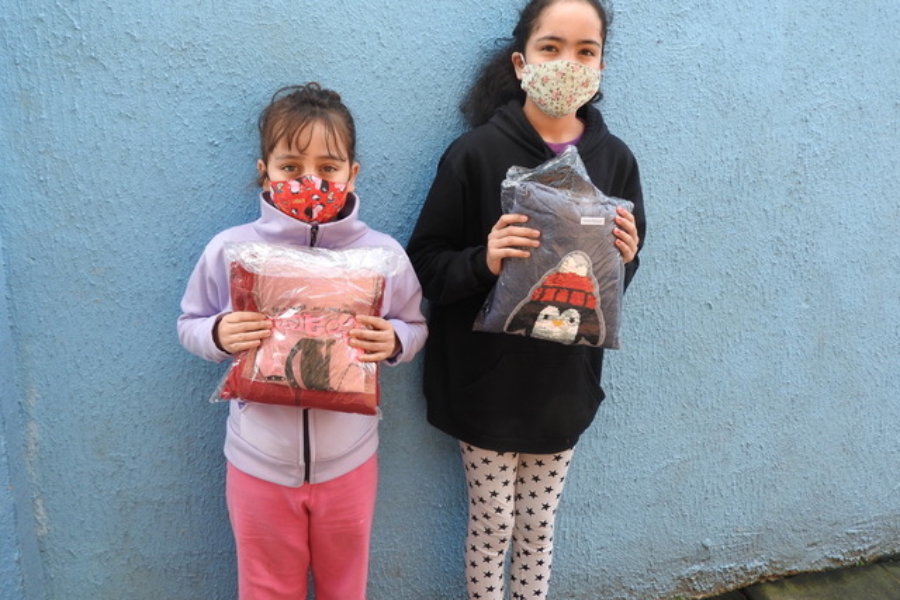
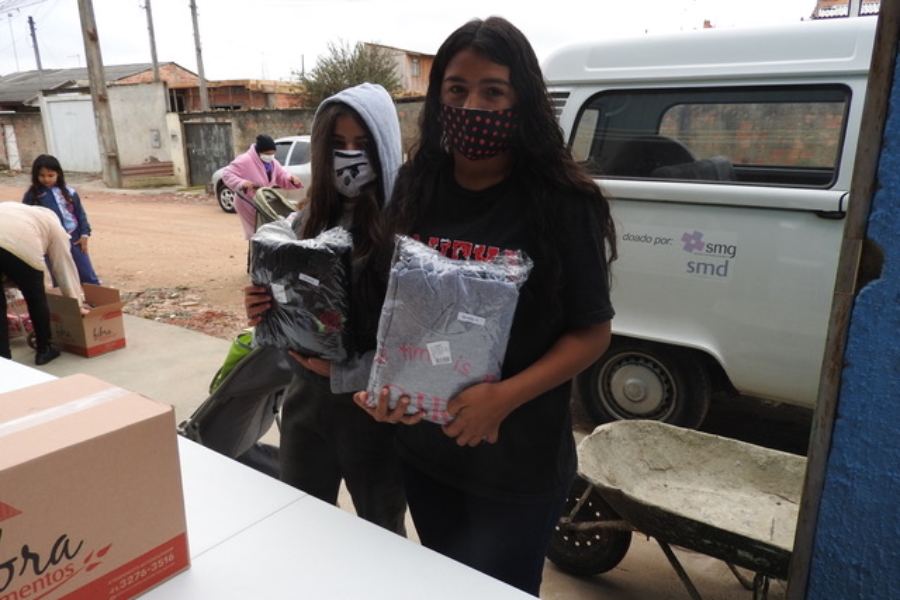
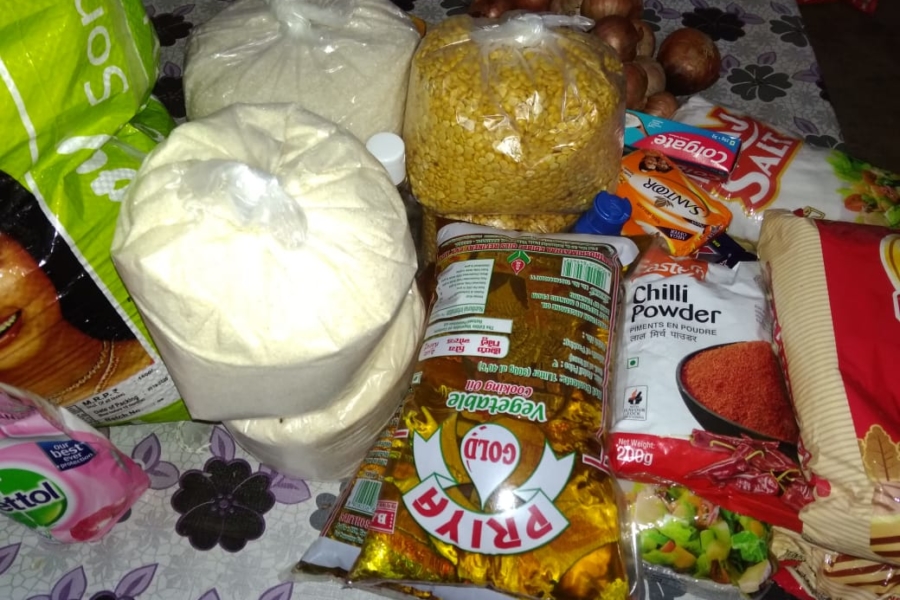

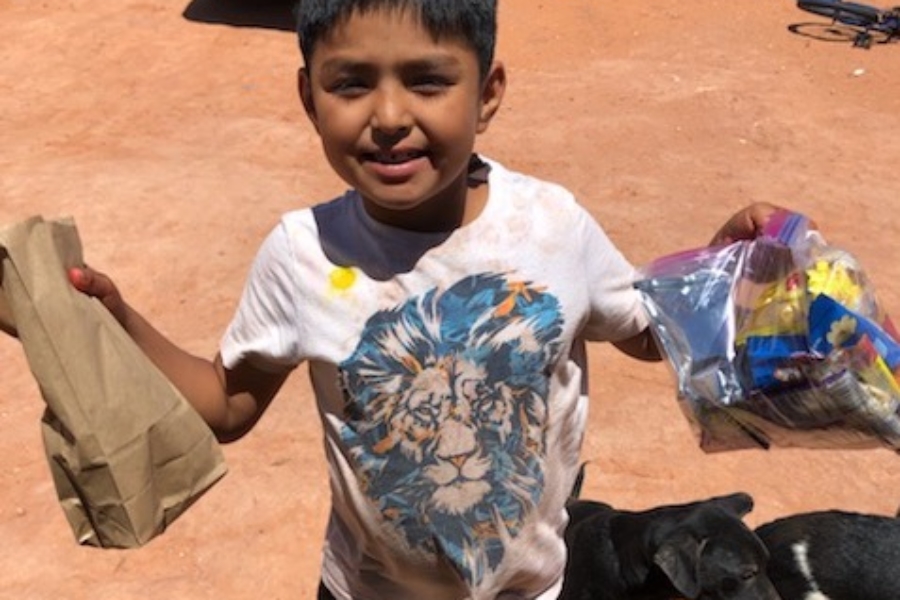


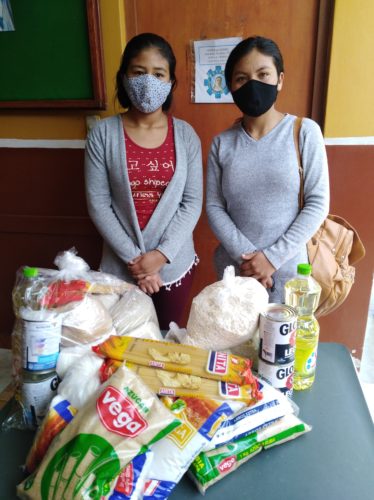
 Beyond just encouraging reading among students, AR also provides:
Beyond just encouraging reading among students, AR also provides: